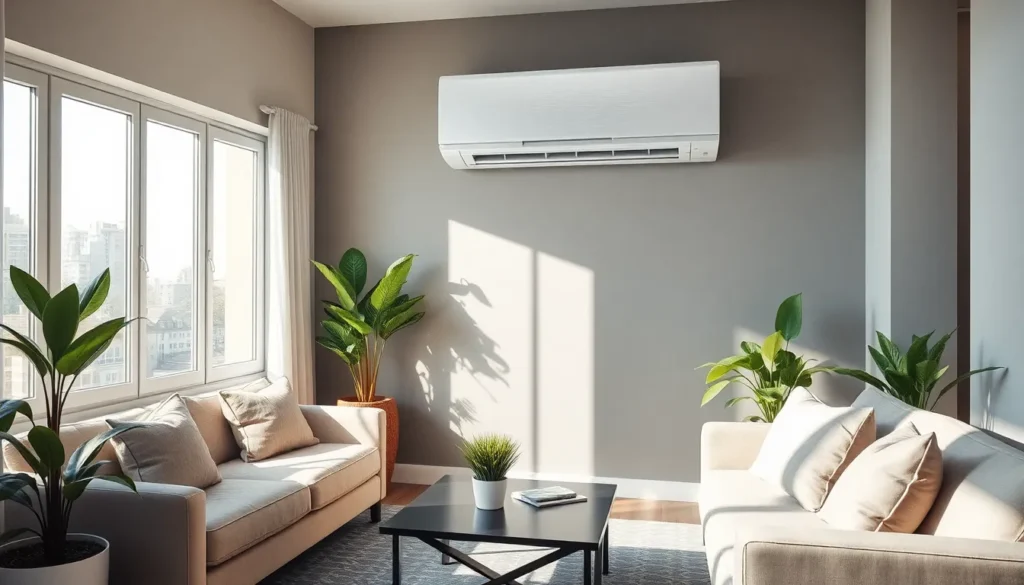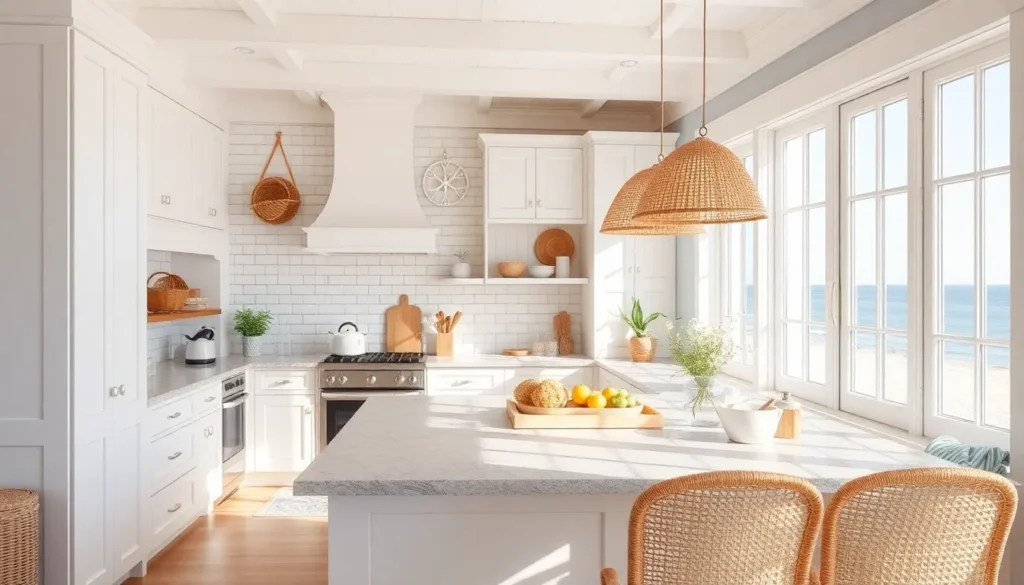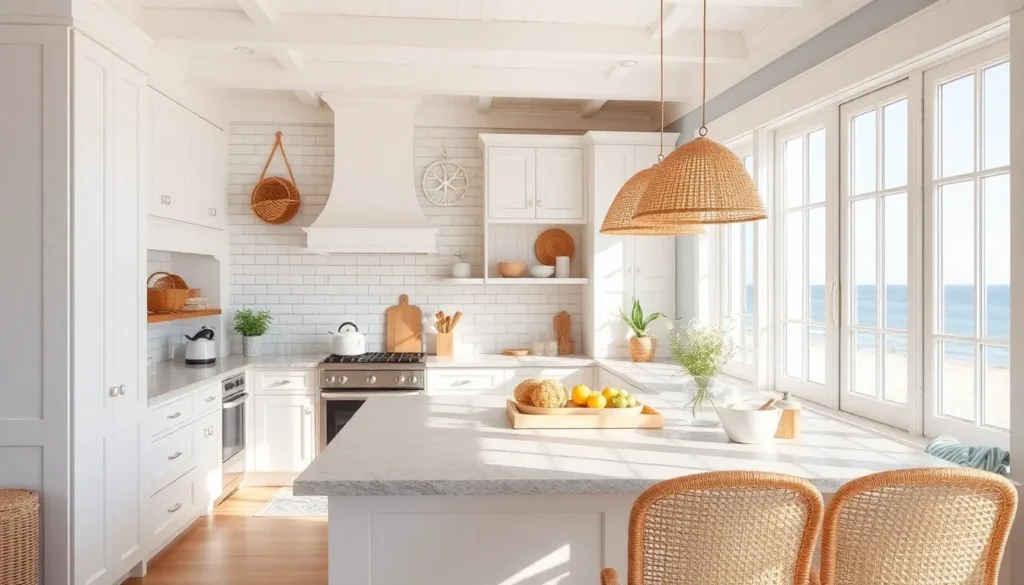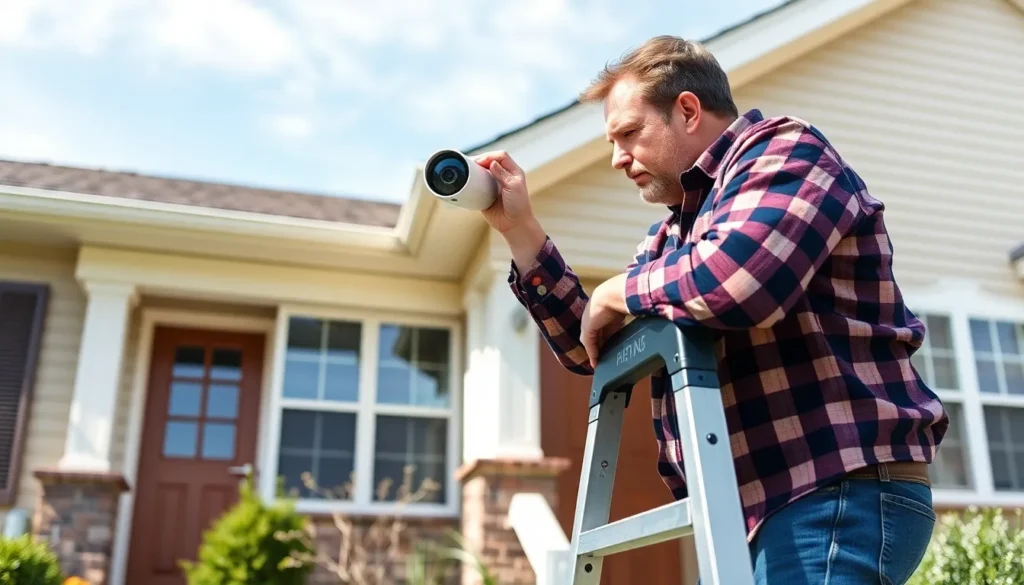Table of Contents
ToggleIn a world where even your pet goldfish might be plotting a heist, home security cameras have become the unsung heroes of modern living. They’re not just gadgets; they’re your eyes when you can’t be there, keeping an ever-watchful gaze over your castle. Who wouldn’t want the peace of mind that comes with knowing your home is protected, even while you’re out living your best life?
Understanding Home Security Cameras
Home security cameras serve as vital components for safeguarding residences. These systems offer homeowners the ability to monitor their premises remotely and deter unauthorized access.
Types of Home Security Cameras
Several types of home security cameras exist, each catering to specific needs. Indoor cameras monitor activities within a home. Outdoor cameras withstand various weather conditions while providing coverage outside. Wired cameras offer reliability through constant power, while wireless options allow flexible placement without the constraints of cords. PTZ cameras provide the ability to pan, tilt, and zoom for comprehensive surveillance.
Key Features to Consider
Homeowners must consider key features when selecting security cameras. High-resolution video ensures clarity in identifying faces and license plates. Night vision capabilities enhance monitoring in low-light conditions. Motion detection alerts the homeowner to suspicious activities, while two-way audio enables communication with visitors or intruders. Cloud storage options provide secure data retention for future reference, enhancing overall security management.
Planning Your Installation
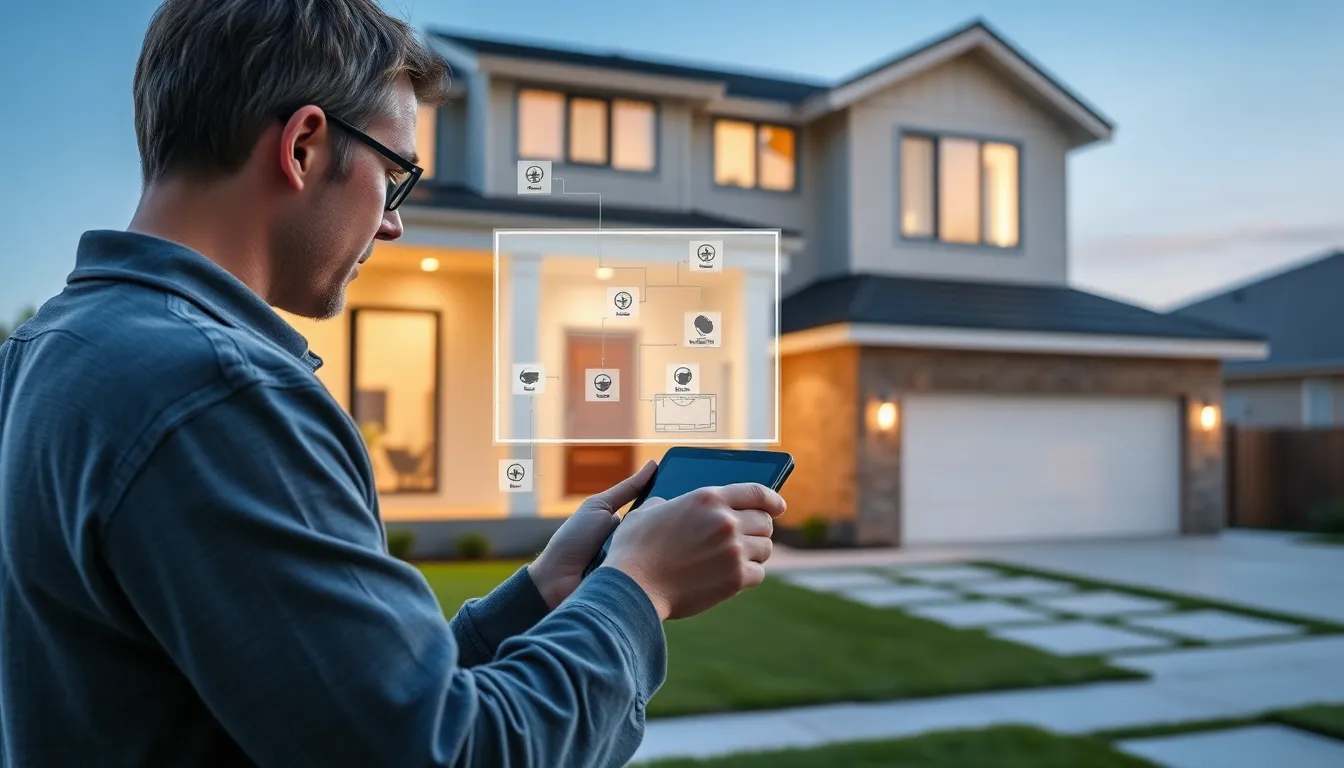
Effective planning sets the stage for a successful home security camera installation. Homeowners must evaluate specific needs and choose optimal locations for cameras.
Assessing Your Home’s Security Needs
Identifying vulnerable areas within a home is crucial for enhancing security. Evaluate exterior doors, windows, and driveways as these are high-risk zones. Examining interior spaces also helps determine where additional coverage benefits visibility. Consider household habits and typical traffic patterns to understand where cameras would provide the most value. Determining the level of monitoring desired informs how many cameras to install. Utilizing high-resolution models with features like night vision matters significantly for comprehensive coverage.
Choosing the Right Locations
Selecting the right locations for cameras ensures maximum effectiveness. Position outdoor cameras to cover entrances and blind spots within the property. Placing indoor cameras in common areas, like living rooms and hallways, enhances monitoring capabilities. Avoiding locations that face direct sunlight reduces glare interference in video quality. Checking the Wi-Fi signal strength in potential camera spots verifies reliable connectivity for wireless models. Ensuring cameras are at an appropriate height deters tampering and captures clearer footage.
Installing Home Security Cameras
Proper installation of home security cameras enhances their effectiveness. Following a structured approach ensures optimal protection for the property.
Essential Tools and Equipment
Gathering the right tools simplifies the installation process. A drill and drill bits help secure cameras to various surfaces. Screwdrivers assist in tightening screws, while a level guarantees proper alignment. Cables for wired cameras require cable clips for neat routing. Additionally, a ladder provides access to high locations. Homeowners should also have a tape measure to determine camera placement accurately. Notably, network cables improve connectivity for wired models, while Wi-Fi extenders strengthen signals for wireless cameras.
Step-by-Step Installation Guide
Beginning with camera placement, assessing vulnerable areas first is crucial. Mark locations for mounting each camera based on the earlier evaluation. Drilling holes aligns with the marked spots, making it easier to install securely. Next, attach the mounting brackets, ensuring they’re level. If using wired models, connect the cables carefully, avoiding tangles. Wireless cameras require connecting to the home’s Wi-Fi network, following specific app instructions for setup. After installation, testing each camera’s angle and visibility ensures effective coverage. Checking video quality confirms that night vision and motion detection function correctly.
Configuring Your Cameras
Configuring home security cameras involves connecting devices to a network and setting up monitoring apps. This step is crucial for effective monitoring.
Connecting to Wi-Fi
Connecting security cameras to Wi-Fi enables remote access and live streaming. Begin by locating the Wi-Fi settings on the camera. Most models require pressing a designated reset button to enter setup mode. Once in setup mode, the camera will broadcast a temporary network. Use a smartphone or tablet to connect to this network, then access the camera’s configuration interface through its app or web portal. Input the home Wi-Fi network details, including SSID and password. After the setup finishes, the camera will reconnect to the home network. Check the connection status to ensure the camera is online. A solid connection to Wi-Fi plays a vital role in the cameras’ performance.
Setting Up the Monitoring App
Setting up the monitoring app allows for seamless access to camera feeds. Download the manufacturer’s app from an official app store. After installation, create an account or log in if one exists. Link the camera to the app by following the on-screen prompts. Scanning a QR code on the camera or manually entering a unique ID often facilitates this process. Once connected, customize notification settings for alerts on motion detection and events. Include multiple cameras in the app for a comprehensive view of the home. Regularly updating the app ensures smooth functionality and access to new features. Effective app setup enhances overall home security by keeping users informed.
Maintaining Your Home Security Cameras
Maintaining home security cameras ensures they function effectively and reliably. Regular checks prevent issues and enhance the overall security of the property.
Regular Maintenance Tips
Schedule routine inspections to clean camera lenses. Dust and grime may obstruct views, reducing image clarity. Test each camera’s angle and video quality periodically to ensure optimal coverage. Check battery levels for wireless models and replace batteries proactively. Keep firmware updated to access new features and security enhancements. Also, examine all wired connections and cables for signs of wear or damage. A well-maintained system provides peace of mind and improves surveillance reliability.
Troubleshooting Common Issues
Address common problems promptly to maintain camera functionality. If a camera shows no picture, verify that it’s powered on and connected to the network. Restart the camera and router if there’s still no signal. For motion detection failures, check settings within the monitoring app to ensure alerts are enabled. Adjust the sensitivity levels if false alerts occur frequently. Lastly, for connectivity issues, reposition the camera closer to the router or install a Wi-Fi extender to enhance the signal. Timely troubleshooting minimizes downtime and reinforces home security.
Investing in home security cameras is a proactive step toward safeguarding one’s property. With the right installation and configuration, these cameras become invaluable assets that enhance safety and provide peace of mind. Regular maintenance ensures they continue to operate effectively, allowing homeowners to stay connected and informed about their surroundings.
By assessing security needs and choosing optimal camera placements, individuals can create a comprehensive surveillance system tailored to their unique requirements. Embracing modern technology in home security not only deters potential threats but also fosters a sense of security for families. Ultimately, a well-maintained camera system is a reliable guardian, ready to protect what matters most.

